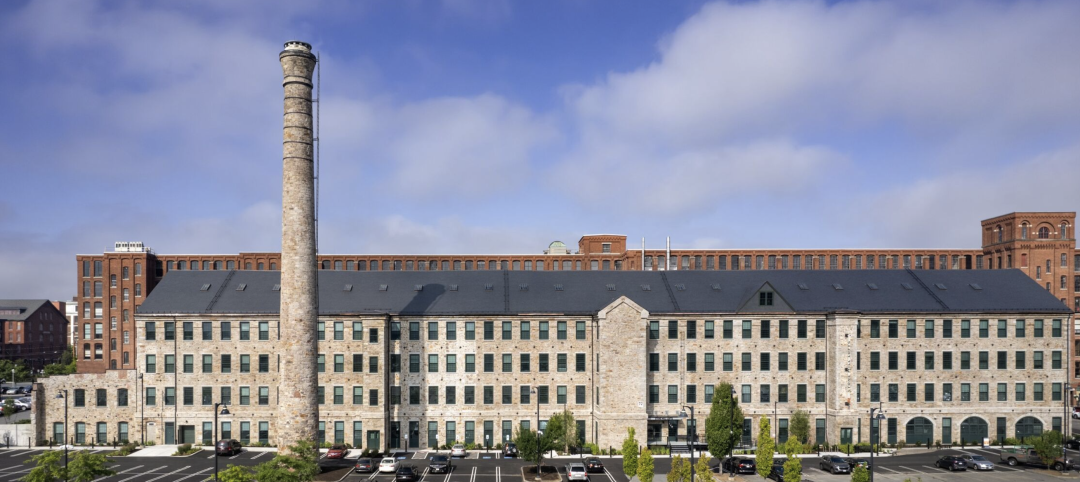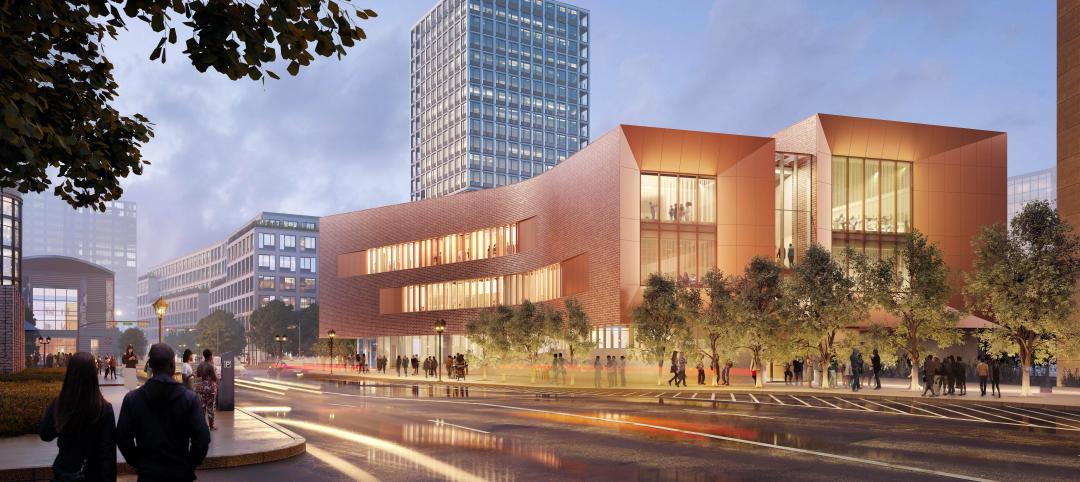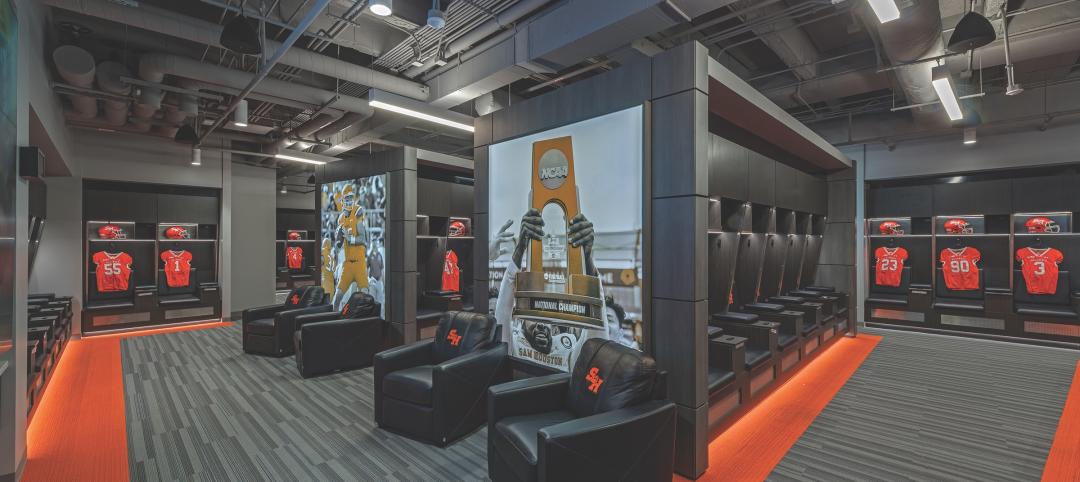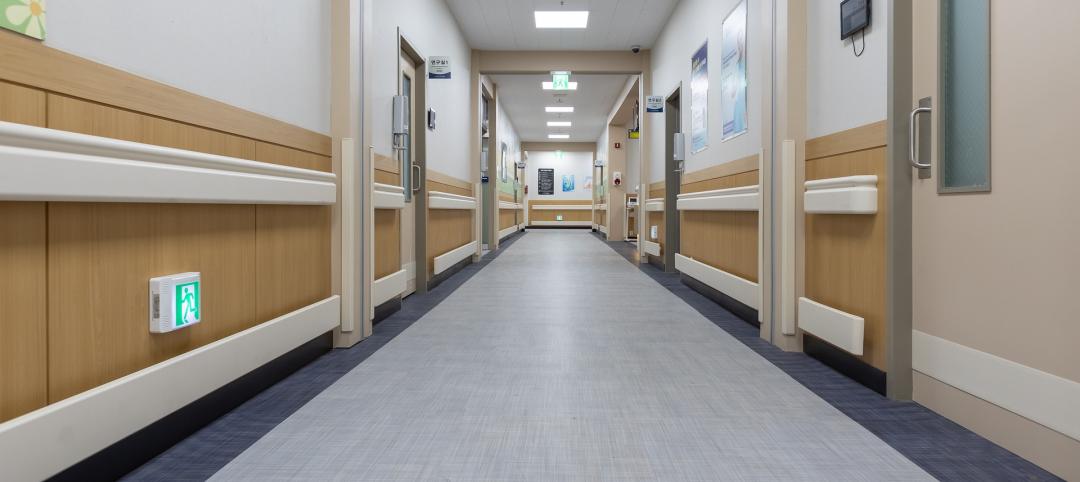The American Institute of Architects (AIA) is honoring Conjunctive Points – The New City, designed by Eric Owen Moss Architects, with its Twenty-five Year Award.
AIA’s Twenty-five Year Award is conferred on a building that has set a precedent for the last 25-35 years and continues to set standards of excellence for its architectural design and significance.
Initiated in 1986 within the Hayden Tract, a former industrial site bounding Central Los Angeles and Culver City, Conjunctive Points – The New City began as simple additions and subtractions to an existing collection of warehouses. With architect Eric Owen Moss designing or renovating one eclectic building at a time, the project set contemporary standards for adaptive re-use, launched the concept of creative office space, and positioned architecture as a method to uncover new social and civic opportunities.
The land developers Frederick and Laurie Samitaur Smith had acquired a significant collection of buildings along the tract, many of which were vacant wood-framed, long-span warehouses and manufacturing spaces. The resulting exchange of ideas across three decades has reversed the area’s plummeting property values and rising crime rates and become a subject of study for the planners, architects, and policy makers who are rethinking cities.
8522 National Boulevard, the first project Moss designed in the Hayden Tract, set the architectural and organizational precedent for what is now known as Conjunctive Points – The New City. At first, Moss’ careful remodels and idiosyncratic buildings with playful, singular names—Umbrella, Beehive, Pterodactyl—attracted small start-ups and young entrepreneurs providing music, graphics, advertising, and post-production services. Since then, major companies such as Nike, Converse, and, most recently, Beats, GoPro, and Apple, have followed in the neighborhood. In an area once devoid of purpose, Conjunctive Points – The New City has prompted significant job creation with an estimated 15,000 newly employed workers flocking there. It remains one of the Los Angeles area’s most desired office locations.
Visit AIA’s website to learn more about the Twenty-five Year Award.
Related Stories
Adaptive Reuse | Oct 22, 2024
Adaptive reuse project transforms 1840s-era mill building into rental housing
A recently opened multifamily property in Lawrence, Mass., is an adaptive reuse of an 1840s-era mill building. Stone Mill Lofts is one of the first all-electric mixed-income multifamily properties in Massachusetts. The all-electric building meets ambitious modern energy codes and stringent National Park Service historic preservation guidelines.
MFPRO+ News | Oct 22, 2024
Project financing tempers robust demand for multifamily housing
AEC Giants with multifamily practices report that the sector has been struggling over the past year, despite the high demand for housing, especially affordable products.
Performing Arts Centers | Oct 21, 2024
The New Jersey Performing Arts Center breaks ground on $336 million redevelopment of its 12-acre campus
In Newark, N.J., the New Jersey Performing Arts Center (NJPAC) has broken grown on the three-year, $336 million redevelopment of its 12-acre campus. The project will provide downtown Newark 350 mixed-income residential units, along with shops, restaurants, outdoor gathering spaces, and an education and community center with professional rehearsal spaces.
Office Buildings | Oct 21, 2024
3 surprises impacting the return to the office
This blog series exploring Gensler's Workplace Survey shows the top three surprises uncovered in the return to the office.
Healthcare Facilities | Oct 18, 2024
7 design lessons for future-proofing academic medical centers
HOK’s Paul Strohm and Scott Rawlings and Indiana University Health’s Jim Mladucky share strategies for planning and designing academic medical centers that remain impactful for generations to come.
Sports and Recreational Facilities | Oct 17, 2024
In the NIL era, colleges and universities are stepping up their sports facilities game
NIL policies have raised expectations among student-athletes about the quality of sports training and performing facilities, in ways that present new opportunities for AEC firms.
Codes and Standards | Oct 17, 2024
Austin, Texas, adopts AI-driven building permit software
After a successful pilot program, Austin has adopted AI-driven building permit software to speed up the building permitting process.
Resiliency | Oct 17, 2024
U.S. is reducing floodplain development in most areas
The perception that the U.S. has not been able to curb development in flood-prone areas is mostly inaccurate, according to new research from climate adaptation experts. A national survey of floodplain development between 2001 and 2019 found that fewer structures were built in floodplains than might be expected if cities were building at random.
Seismic Design | Oct 17, 2024
Calif. governor signs limited extension to hospital seismic retrofit mandate
Some California hospitals will have three additional years to comply with the state’s seismic retrofit mandate, after Gov. Gavin Newsom signed a bill extending the 2030 deadline.
MFPRO+ News | Oct 16, 2024
One-third of young adults say hurricanes like Helene and Milton will impact where they choose to live
Nearly one-third of U.S. residents between 18 and 34 years old say they are reconsidering where they want to move after seeing the damage wrought by Hurricane Helene, according to a Redfin report. About 15% of those over age 35 echoed their younger cohort’s sentiment.

















